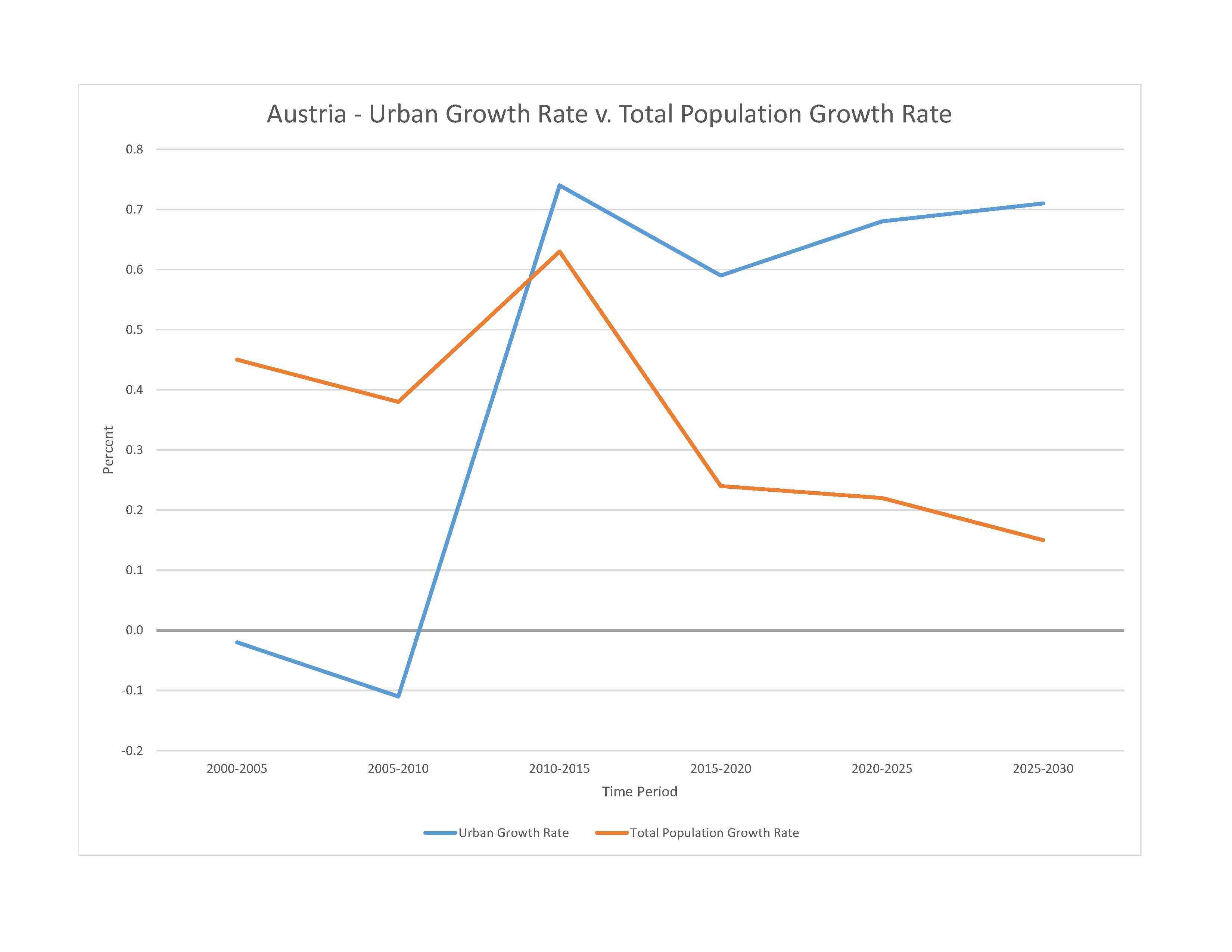
some forest degradation caused by air and soil pollution; soil pollution results from the use of agricultural chemicals; air pollution results from emissions by coal- and oil-fired power stations and industrial plants and from trucks transiting Austria between northern and southern Europe; water pollution; the Danube, as well as some of Austria’s other rivers and lakes, are threatened by pollution
party to: Air Pollution, Air Pollution-Heavy Metals, Air Pollution-Nitrogen Oxides, Air Pollution-Persistent Organic Pollutants, Air Pollution-Sulphur 85, Air Pollution-Sulphur 94, Air Pollution-Volatile Organic Compounds, Antarctic Treaty, Biodiversity, Climate Change, Climate Change-Kyoto Protocol, Climate Change-Paris Agreement, Comprehensive Nuclear Test Ban, Desertification, Endangered Species, Environmental Modification, Hazardous Wastes, Law of the Sea, Nuclear Test Ban, Ozone Layer Protection, Ship Pollution, Tropical Timber 2006, Wetlands, Whaling
signed, but not ratified: Air Pollution-Multi-effect Protocol, Antarctic-Environmental Protection
temperate; continental, cloudy; cold winters with frequent rain and some snow in lowlands and snow in mountains; moderate summers with occasional showers
agricultural land: 38.4% (2018 est.)
arable land: 16.5% (2018 est.)
permanent crops: 0.8% (2018 est.)
permanent pasture: 21.1% (2018 est.)
forest: 47.2% (2018 est.)
other: 14.4% (2018 est.)
urban population: 59.5% of total population (2023)
rate of urbanization: 0.68% annual rate of change (2020-25 est.)

0.07% of GDP (2018 est.)
0% of GDP (2018 est.)
particulate matter emissions: 11.51 micrograms per cubic meter (2019 est.)
carbon dioxide emissions: 61.45 megatons (2016 est.)
methane emissions: 6.34 megatons (2020 est.)
municipal solid waste generated annually: 4.836 million tons (2015 est.)
municipal solid waste recycled annually: 1,240,918 tons (2015 est.)
percent of municipal solid waste recycled: 25.7% (2015 est.)
fresh water lake(s): Lake Constance (shared with Switzerland and Germany) - 540 sq km
Donau (Danube) (shared with Germany [s], Slovakia, Hungary, Croatia, Serbia, Bulgaria, Ukraine, Moldova, and Romania [m]) - 2,888 km
note – [s] after country name indicates river source; [m] after country name indicates river mouth
Atlantic Ocean drainage: Rhine-Maas (198,735 sq km), (Black Sea) Danube (795,656 sq km)
municipal: 720 million cubic meters (2020 est.)
industrial: 2.7 billion cubic meters (2020 est.)
agricultural: 720 million cubic meters (2020 est.)
77.7 billion cubic meters (2020 est.)
total global geoparks and regional networks: 3
global geoparks and regional networks: Ore of the Alps; Styrian Eisenwurzen; Karawanken/Karavanke (includes Slovenia) (2023)
NOTE: The information regarding Austria on this page is re-published from the 2024 World Fact Book of the United States Central Intelligence Agency and other sources. No claims are made regarding the accuracy of Austria 2024 information contained here. All suggestions for corrections of any errors about Austria 2024 should be addressed to the CIA or the source cited on each page.
This page was last modified 04 May 24, Copyright © 2024 ITA all rights reserved.